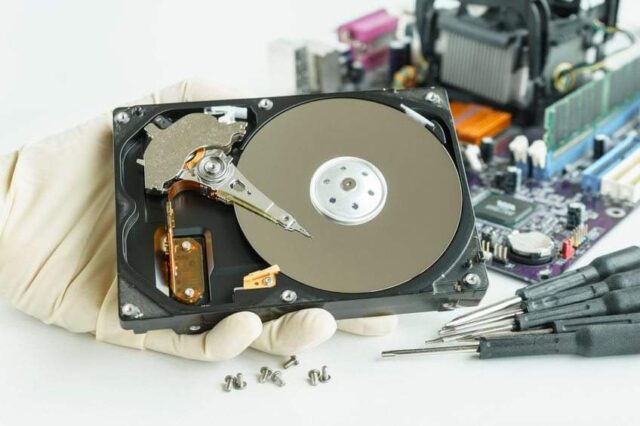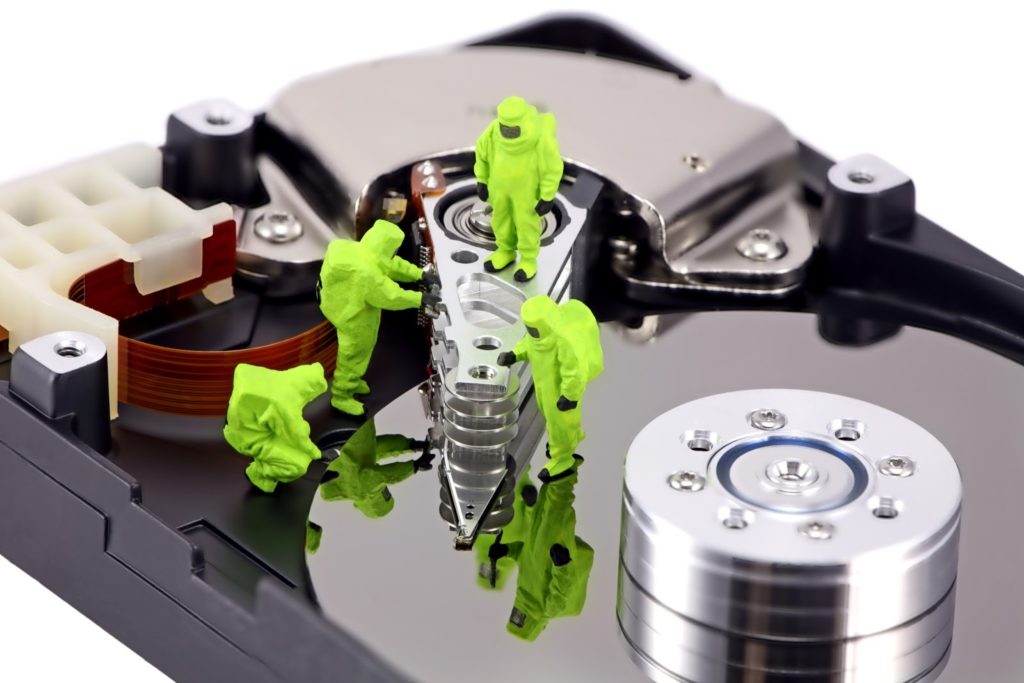
Losing files on your computer is something that can be very frustrating, especially when you lose important work documents or anything related to your own business and such. These things are not as common, luckily, but when they do happen, we tend to go through a lot of frustration until we get our data back, if we even manage to do that.
Today, we are going to talk about some of the most “popular” ways people lose their data stored on a hard-drive, as well as some of the best methods to recover it. If you are interested in learning more, or you’ve recently faced such a problem, feel free to stay with us until the end. Let’s take a look.
Why is data so important?

We live in a modern world were stealing someone’s data from a hard-drive can be a lot more valuable than robbing a bank. Every modern and successful business nowadays is heavily reliant on computers, so the most important data and information about how the business operates are stored on a hard-drive or a server.
This includes sensitive information about future marketing campaigns, sales, how a certain product performs and all kinds of other strategies that cannot fall into the hands of the wrong person.
Because of this, losing your data can sometimes be a serious problem, but unfortunately, it tends to happen even in the most elite sectors of the corporate world. Popular companies often get “hacked” and have their data stolen, but they have numerous backups and other layers of protection that are able to reduce the damage to some extent.
What are the Most Common ways of Losing Files?

There are quite a few ways that you can lose your important stuff, one of them being a hard-drive failure, which is the main thing we’re here to talk about. We’re going to list a few others as well, so feel free to read below.
Security Breaching
This is something that happens when either a hacker group or a computer-skilled individual with bad intentions manages to gain access to your storage. They can either delete the files or “leak” them out in the public.
Usually, famous and successful companies have an entire group of skilled IT technicians that constantly monitor the “defenses” of the company’s network in order to prevent a security breach from happening.
Virus attacks
Believe it or not, viruses are one of the main reasons why people lose data. These things can happen even infamous companies when an employee that isn’t computer-savvy enough opens a website that contains a virus. There are numerous other ways for this to happen of course, such as a virus that’s transferred to a computer through a USB or an infected hard-disk.
We’re not going to go really in-depth on this since our main focus should be a broken HDD, but keep in mind that sometimes viruses are able to cause some real damage if you are not being careful enough. Most companies have really expensive anti-virus licenses in order to prevent things like these from happening.
Accidentally deleting data
This happens more than people like to admit, but it is usually the easiest situation to recover from. There are tons of computer programs that can help you restore the items you’ve deleted, but the sooner you do this the more chances of restoring you have.
A hard-drive Failure

When your hard-disk fails, chances are that you’re going to lose a lot of important personal things such as photos, music, documents and other important files. This is especially frustrating if you’ve never made a backup before, which basically means that you’re losing everything you had stored on that device.
Luckily, there are services such as datasector.hr that spend years in perfecting the various methods of saving people’s data in such scenarios. There’s something that you should keep in mind in case you’re currently in such a situation.
The first attempt at saving the lost data is usually the one that yields the highest chances of success. This is why it is a lot more advisable to immediately visit a professional and let them handle things, rather than attempting to do it on your own and failing.
If you are not available to visit a professional service at the moment, or the data that you lost is not as important, you can try and recover it on your own. Here’s how.
Using various data-recovery software – Choose wisely

There are tons of programs on the internet that are made specifically for restoring lost data from your hard-drive. Most of them require a premium membership, others are completely free and open-source. Which one you’re going to choose is completely up to you, but before using one, make sure that you read at least a couple of user reviews.
Just as we said earlier, the first attempt is the one that has the highest chance of success, so pay a lot of attention when it comes to choosing the software for your recovery process.
Also, keep in mind that after losing your information, it is much better not to turn off your computer because that causes further complications. The sooner you attempt recovery the more chances for success.
Most recovery programs are pretty user-friendly and they won’t require you to be very computer-savvy in order to get your lost data. The process requires you to select the hard-drive that your data was stored on before you lost it, and the rest of the procedure is mostly automatic.
That’s pretty much it, it’s fairly simple to do, and the most thinking you’ll have to do is during the phase where you’re looking for the right software to perform the task with. Once again, if you lost some very important data and you can’t risk failing the recovery by any means, it is advisable that you visit a professional instead.
Things tend to be a bit different when you have an SSD or a RAID Setup for your hard-drives, but most modern programs are configured to help you with that as well.










